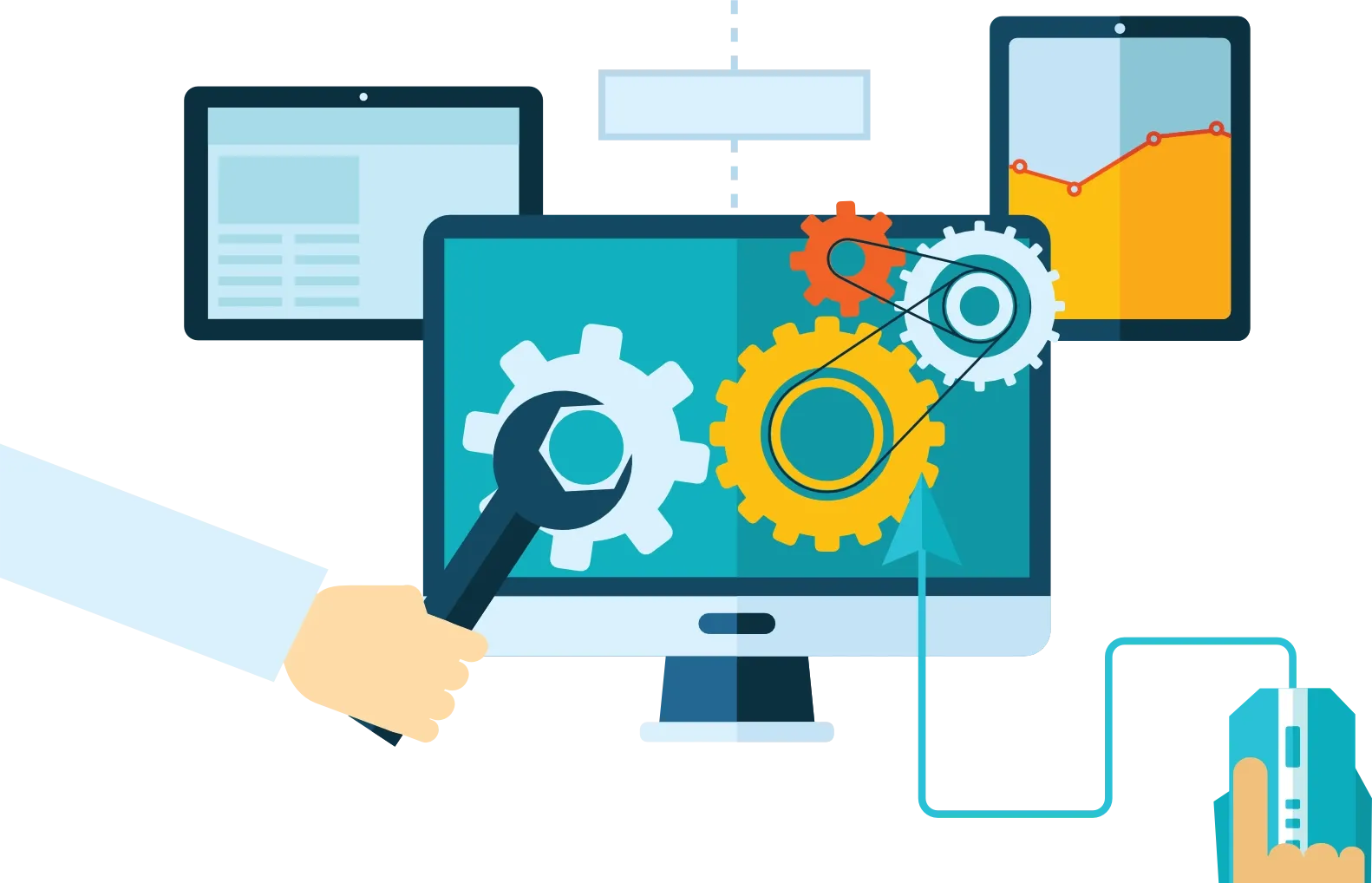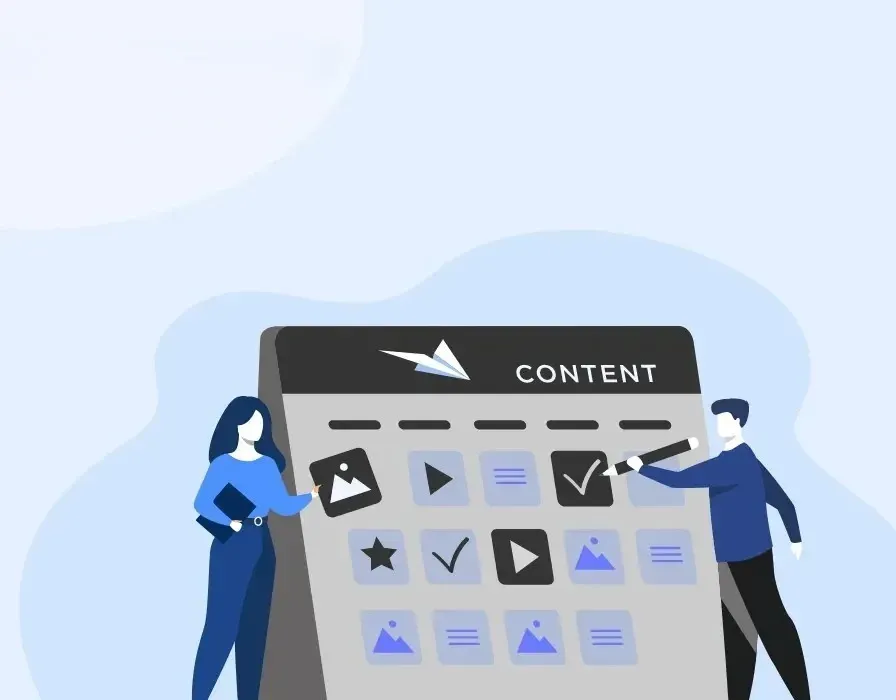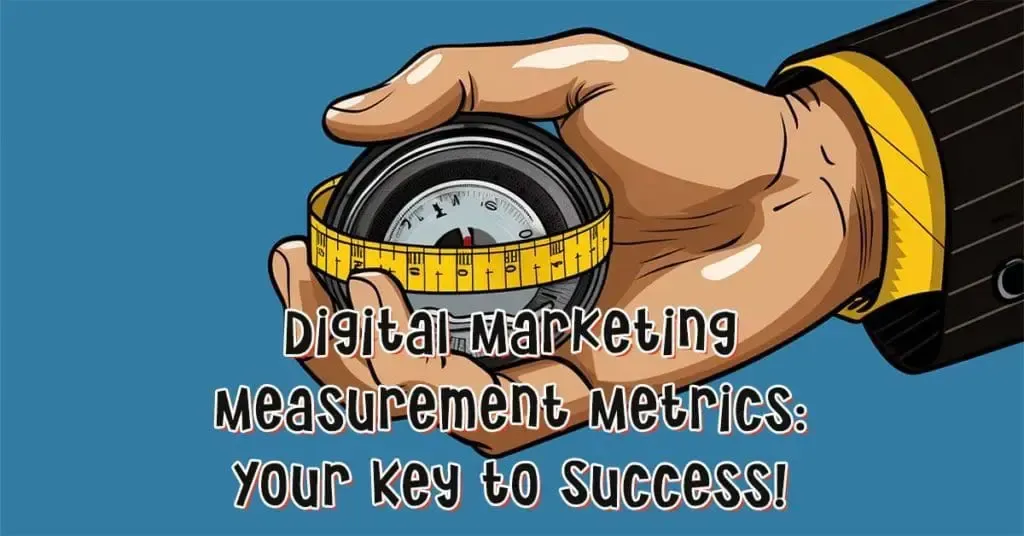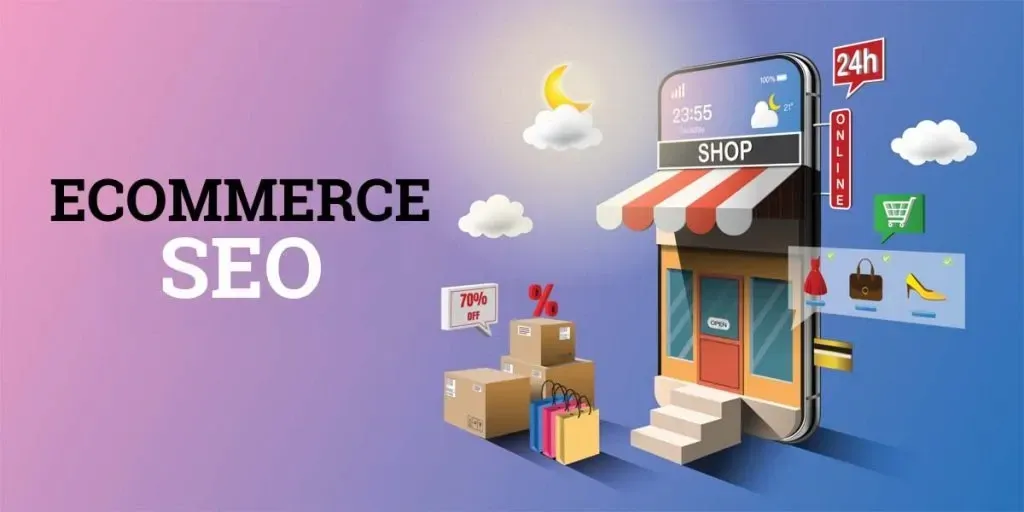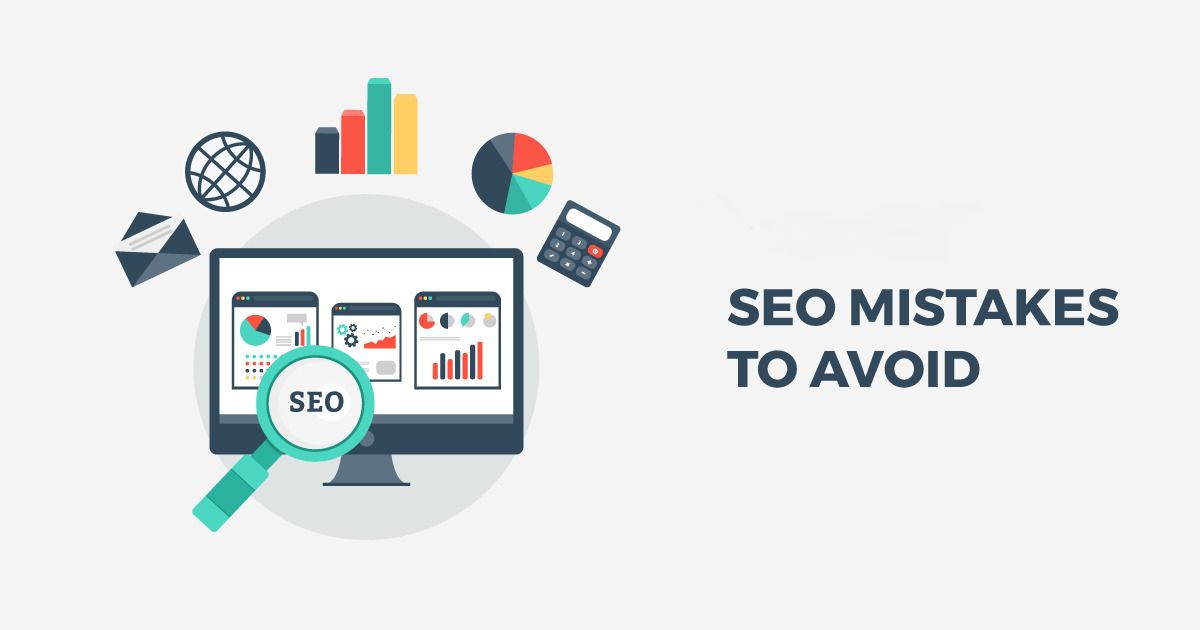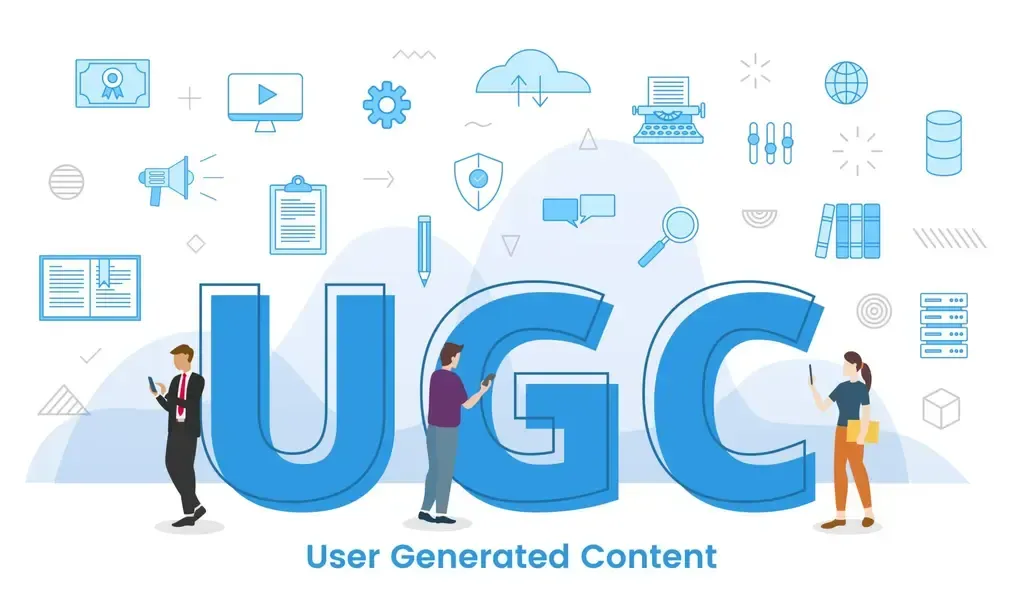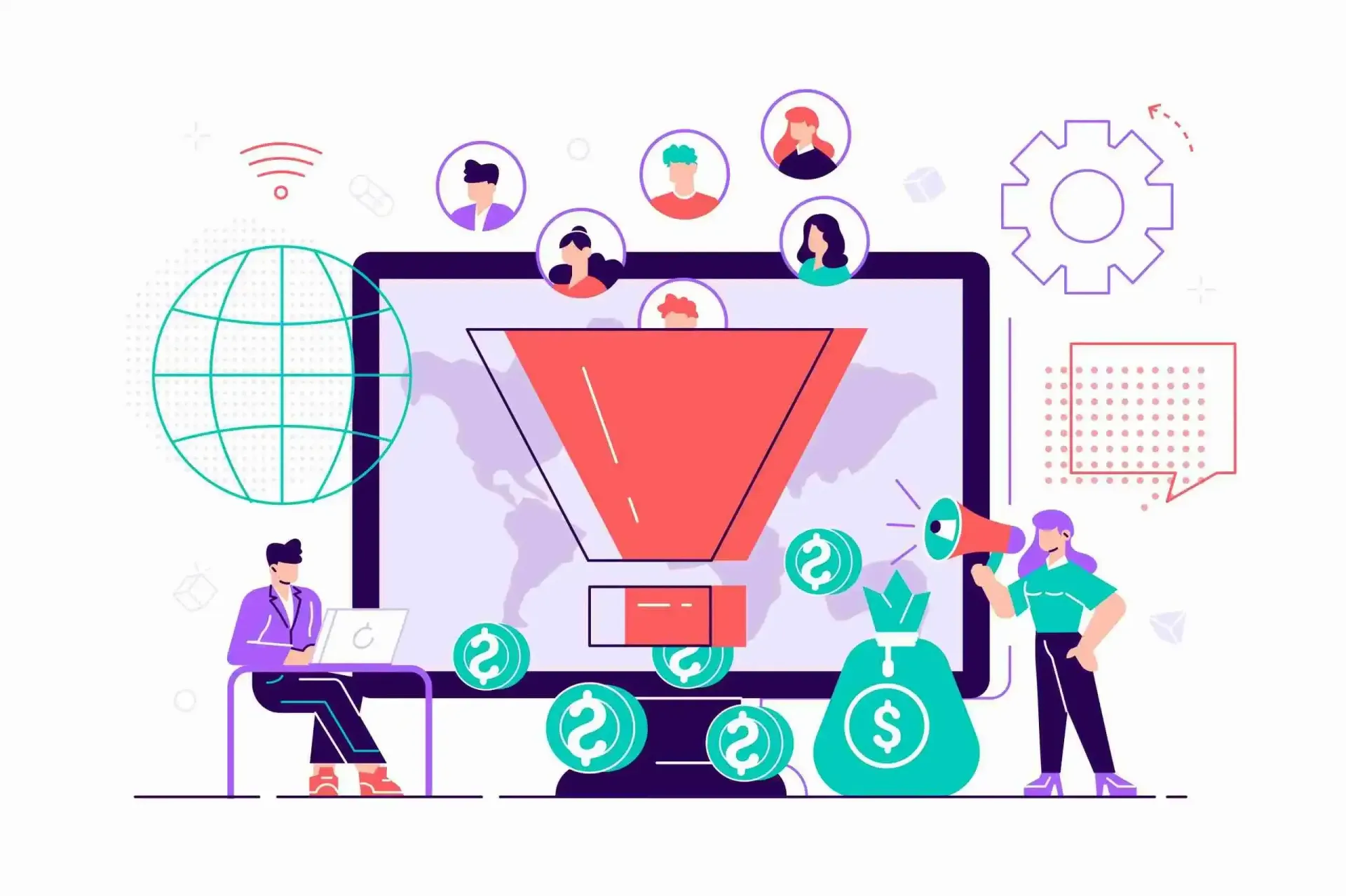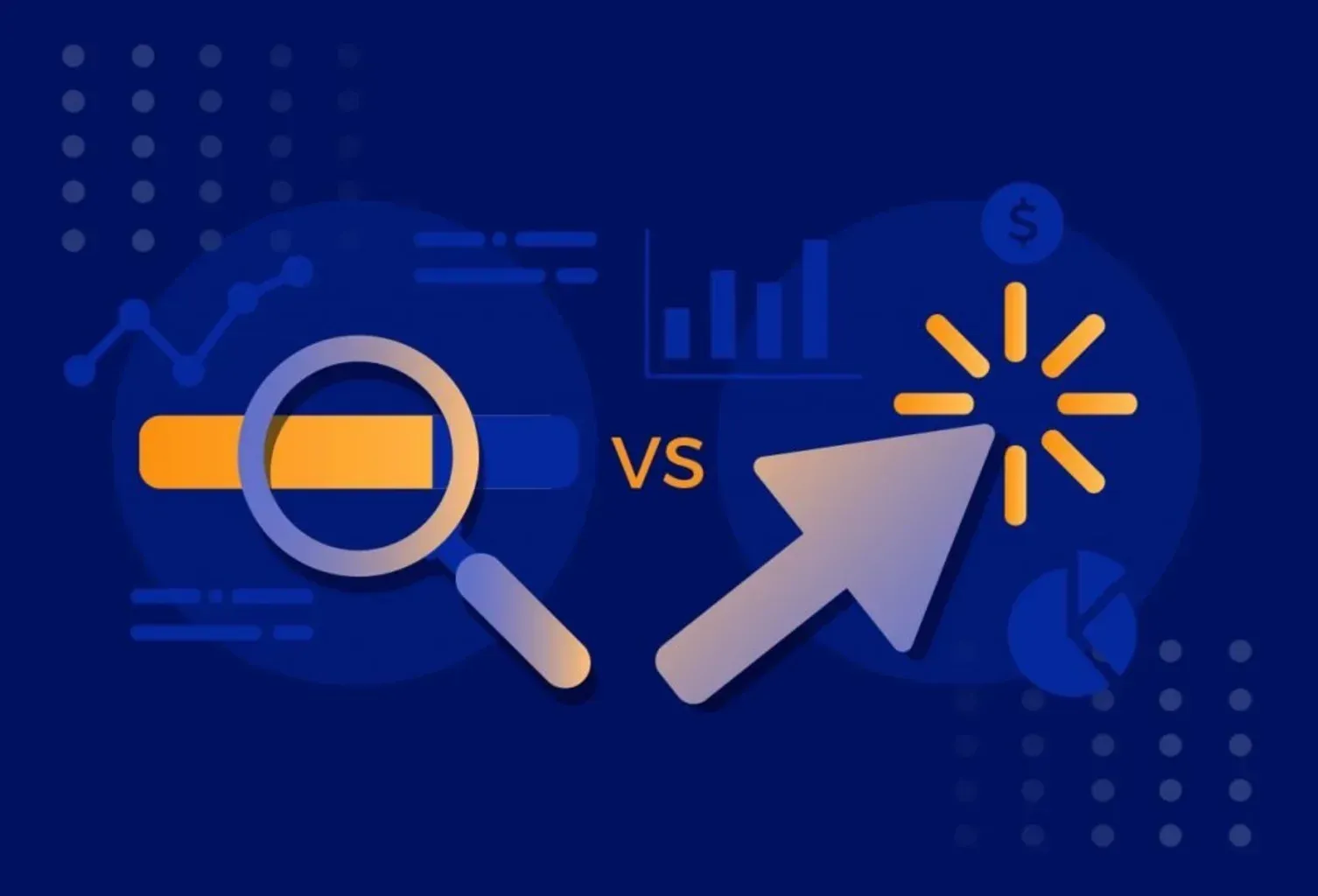The True Cost of Poor Web Design: How It Impacts Your Bottom Line
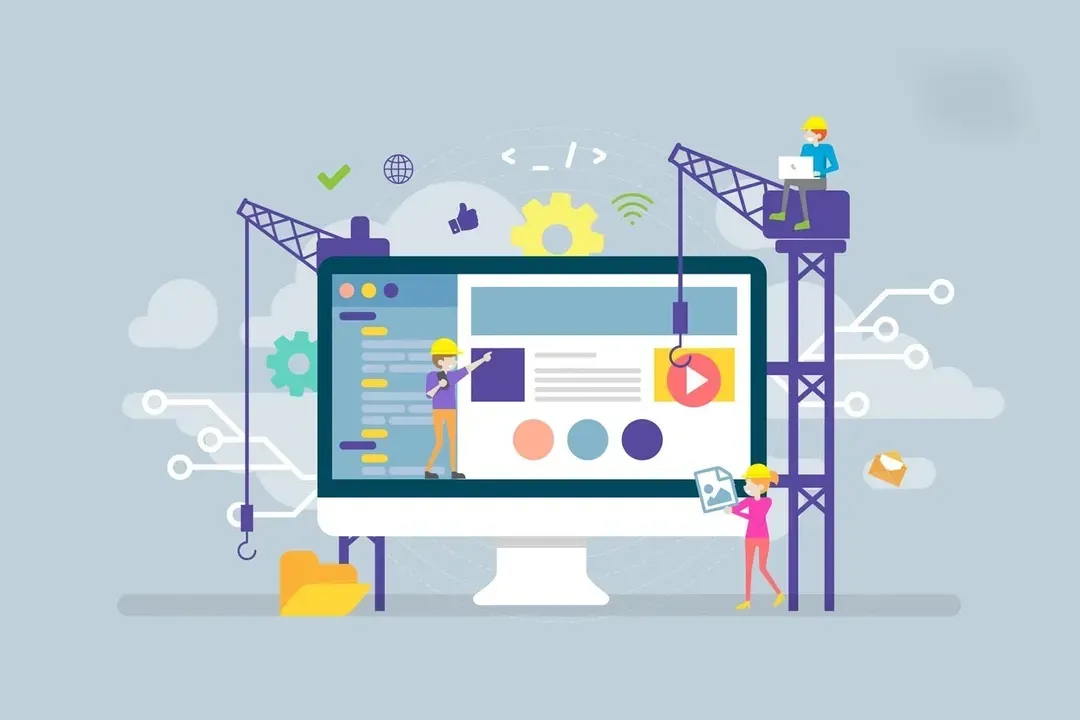
The Hidden Cost of Poor Web Design: Protect Your Business Revenue
In today's digital-first economy, your website is far more than a virtual business card—it's the cornerstone of your online presence and often the first point of contact between your business and potential customers. While most companies recognize the need for a website, many underestimate the profound impact that poor web design can have on their bottom line. The consequences of subpar design extend far beyond aesthetics, silently eroding profits through various direct and indirect costs.
IMMEDIATE FINANCIAL IMPACT
Lost Conversions and Sales
Poor web design directly correlates with reduced conversion rates, significantly impacting revenue. Research indicates that 88% of online consumers are less likely to return to a website after a negative experience. This translates into substantial financial losses. For instance, an e-commerce site generating $100,000 monthly could be losing $10,000 to $30,000 each month due to design flaws such as confusing navigation or a complicated checkout process.
Increased Customer Service Costs
When users struggle to find information or complete actions on your website, they often turn to customer service for assistance.
This creates a twofold burden:
- The direct cost of maintaining a larger customer service team to handle preventable inquiries.
- The opportunity cost of resources that could be better allocated elsewhere in the business.
A well-designed website with intuitive navigation and comprehensive information can potentially reduce customer service inquiries by up to 50%, leading to significant cost savings.
Higher Bounce Rates and Marketing Waste
Poor web design can render digital marketing efforts ineffective. If you're investing $5,000 monthly in digital advertising but your website has a high bounce rate due to poor design, you're essentially paying to drive traffic to a site that repels customers. This creates a negative ROI cycle where marketing spend becomes increasingly inefficient, wasting valuable resources that could be better utilized elsewhere.
HIDDEN COSTS
Search Engine Rankings and Visibility
Search engines like Google now incorporate user experience signals as ranking factors. Websites with poor design often correlate with higher bounce rates, lower time on site, and poor mobile experiences—all of which can negatively impact search rankings.
The cost here is twofold:
- Decreased organic traffic, reducing potential leads and sales.
- The need to allocate more budget to paid advertising to compensate for lost organic visibility.
Brand Reputation and Trust
The impact of poor web design extends beyond the digital realm, significantly damaging brand perception. Studies show that 75% of consumers judge a company's credibility based on their website design.
This loss of trust can have far-reaching consequences, affecting:
- Word-of-mouth recommendations
- Potential business partnerships
- Talent acquisition
- Investment opportunities
Employee Productivity and Morale
Internal teams dealing with a poorly designed website face constant frustration. Sales teams struggle to direct prospects to relevant information, marketing teams can't effectively showcase products or services, and content teams find their work buried in confusing navigation structures. This leads to decreased productivity and can contribute to increased employee turnover, adding hidden costs in the form of recruitment and training expenses.
LONG-TERM BUSINESS IMPACT
Competitive Disadvantage
In competitive markets, poor web design can quickly become a significant liability. When competitors offer smooth, intuitive online experiences, customers naturally gravitate towards these better options. This effect compounds over time, gradually eroding market share and making it increasingly difficult to attract new customers.
Technical Debt
Poor web design often creates technical debt that becomes increasingly expensive to fix over time.
This includes:
- Outdated code that's difficult to maintain
- Security vulnerabilities that put customer data at risk
- Performance issues that worsen as traffic grows
- Compatibility problems with new browsers and devices
As these issues accumulate, the cost and complexity of addressing them grow exponentially, potentially leading to the need for a complete website overhaul.
Innovation Constraints
A poorly designed website can constrain business innovation by creating a weak digital foundation.
This makes it more challenging to:
- Implement new features and functionality
- Integrate with modern tools and platforms
- Adapt to changing market conditions
- Scale operations efficiently
In a rapidly evolving digital landscape, these constraints can significantly hinder a company's ability to stay competitive and capitalize on new opportunities.
THE COST OF INACTION
To truly understand the impact of poor web design, businesses must consider several key metrics:
- Direct Revenue Impact:
- Lost sales from abandoned carts
- Decreased average order value
- Lower conversion rates
- Reduced repeat customer rate
- Operational Costs:
- Additional customer service resources
- Increased marketing spend to compensate for poor conversion rates
- Higher maintenance and technical support costs
- Employee time spent dealing with website-related issues
- Opportunity Costs:
- Market share lost to competitors
- Missed partnership opportunities
- Inability to enter new markets
- Lost innovation potential
INVESTMENT IN GOOD WEB DESIGN: THE POSITIVE ROI
Investing in quality web design isn't just about avoiding losses—it's about creating positive returns:
- Increased Conversion Rates: Well-designed websites can achieve conversion rates 200-400% higher than poorly designed ones. This multiplicative effect means that every marketing dollar spent becomes significantly more effective.
- Enhanced Brand Value: Quality web design builds trust and credibility, leading to:
- Higher customer lifetime value
- Increased word-of-mouth referrals
- Stronger market positioning
- Better talent attraction
- Operational Efficiency: Good web design reduces operational costs through:
- Automated processes
- Self-service customer support
- Streamlined content management
- Reduced technical maintenance
Action Steps for Businesses
- Audit Your Current Website:
- Analyze user behavior analytics
- Assess conversion rates
- Gather customer feedback
- Evaluate technical performance metrics
- Calculate the Cost of Issues:
- Quantify lost sales opportunities
- Assess customer service costs
- Evaluate marketing inefficiencies
- Calculate technical maintenance expenses
- Develop an Improvement Plan:
- Address critical user experience issues
- Resolve technical performance problems
- Enhance content and navigation
- Ensure mobile responsiveness
- Monitor and Measure Results:
- Track changes in conversion rates
- Measure customer satisfaction metrics
- Assess reductions in operational costs
- Monitor improvements in search engine rankings
CONCLUSION
Poor web design is not merely a cosmetic issue—it's a significant business liability that affects every aspect of an organization's success. The true cost extends far beyond lost sales, impacting everything from operational efficiency to long-term growth potential. In today's digital-first business environment, investing in quality web design isn't optional—it's a crucial business investment that directly impacts the bottom line.
By understanding and addressing these costs, businesses can transform their websites from liabilities into assets that drive growth, enhance customer satisfaction, and create sustainable competitive advantages. The question isn't whether you can afford to invest in good web design—it's whether you can afford not to. As the digital landscape continues to evolve, those who prioritize exceptional web design will be best positioned to thrive in an increasingly competitive marketplace.

